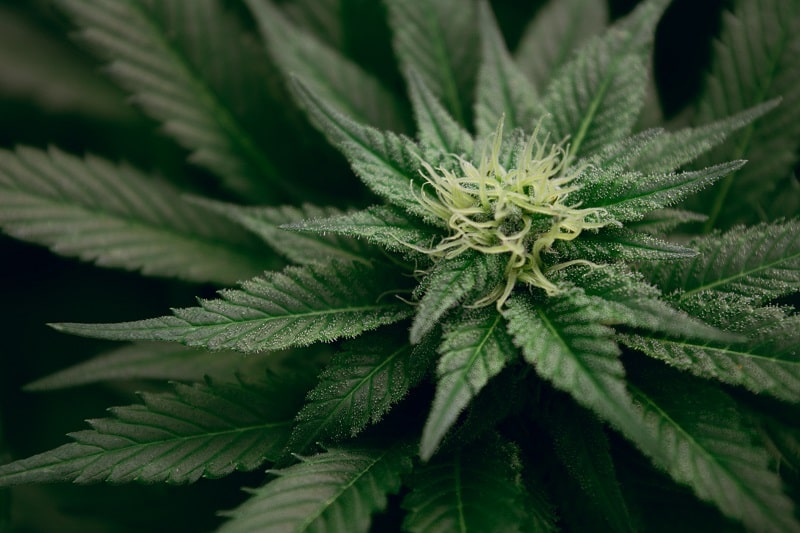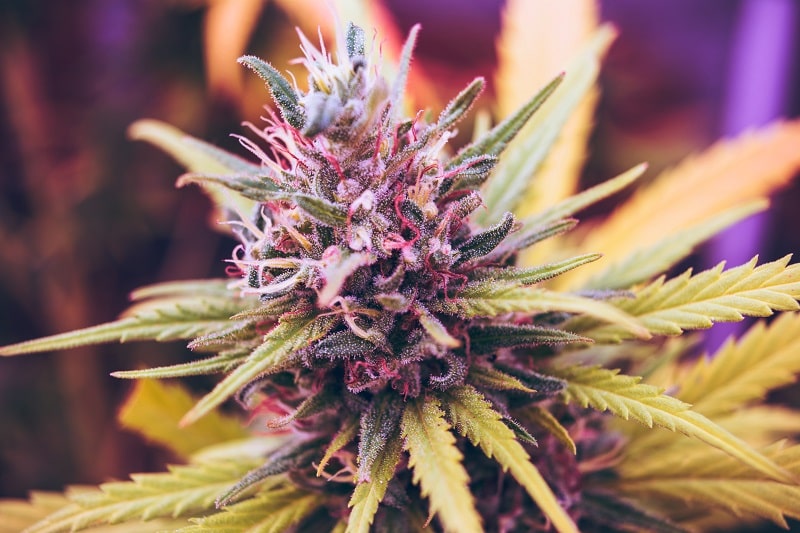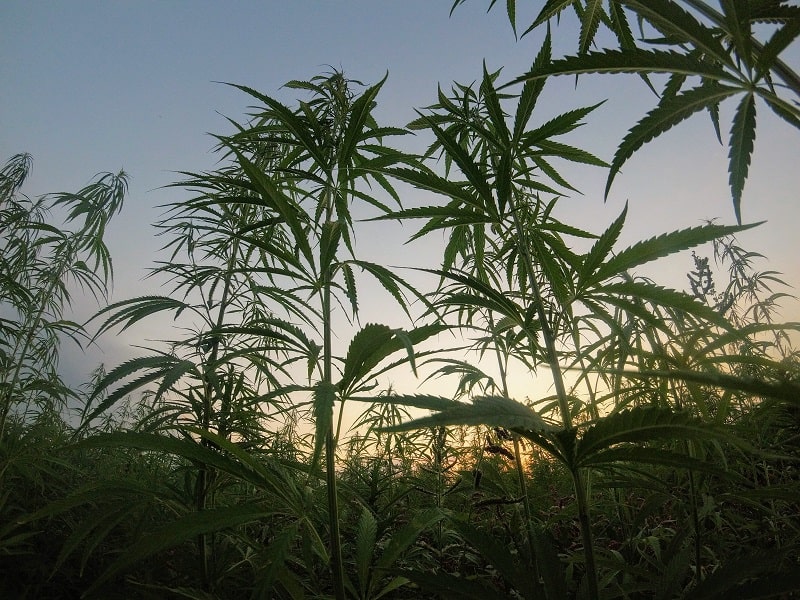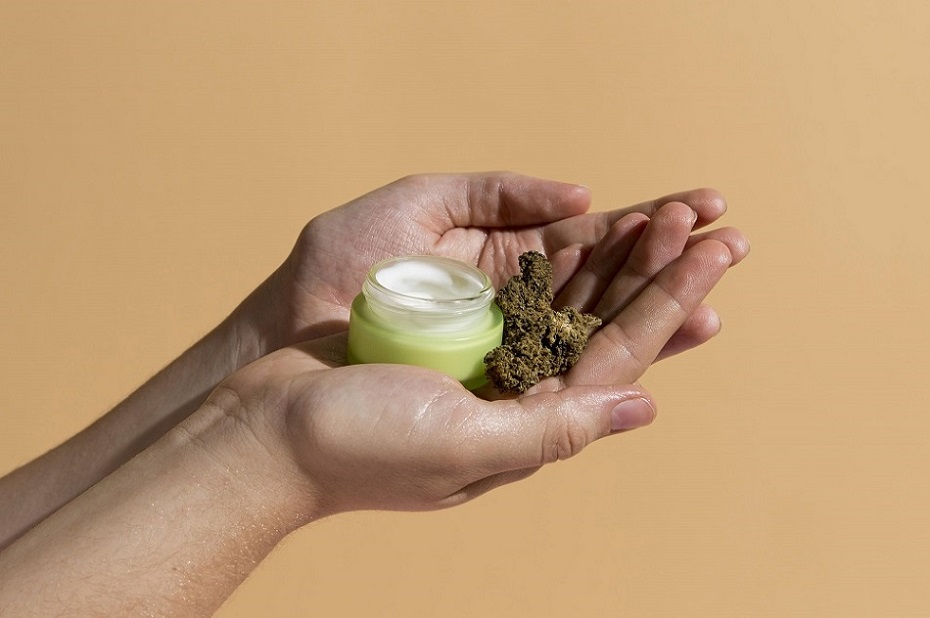The term marijuana refers to the flowers and leaves of plants in the Cannabis genus. Therefore, the term marijuana can sometimes be used interchangeably with cannabis. While there are many variations and sub-types, Sativa vs. Indica is the most commonly compared variation.
Other names for Marijuana include pot, tea, grass, and weed. But while most people are familiar with Marijuana either through personal experience or its inescapable presence in popular culture, the history is a lot less known.
The Fascinating History of Marijuana
The history of marijuana is a long and fascinating one that spans many ages, eras, and cultures. From the ancient origins of marijuana to the Marijuana Tax Act and the various modern changes in legalization, it’s an exciting story that affects us all in one way or another.
Let’s start at the very beginning, or at least what the experts assume is the very beginning!
When Was Marijuana Discovered?
The origin of Marijuana is linked to the first reference to its use in ancient Chinese medical documents from around 2700 BC. According to Chinese legend, its usefulness in treating ailments such as arthritis, gout, and malaria was first described by Chinese Emperor Shen Nung – The Father of Chinese Medicine.
Ancient cultures have used Marijuana as medicine and to achieve euphoria. From China, it spread to Korea, India, and then Eastern Africa. A Sanskrit Vedic hymn celebrates marijuana as an herb that could cure anxiety. Despite ancient doctors prescribing Marijuana for pain relief, they warned against overusing it, as it could result in demon sightings.
Cannabis was described as a helpful treatment for inflammation in an Egyptian papyrus dating back to about 1500 BC. Then, between 800 and 1000 AD, references to hashish appeared in the Arab world. Around this time, the plant’s intoxicating effects became more prominent. The Koran did not ban Marijuana, but alcohol consumption was, so Muslims used it recreationally.

How did Marijuana get to the United States?
There were several ways in which cannabis crossed the Atlantic Ocean to reach the Americas. First, Spanish invasions in the Americas began in 1492, and it is believed that they brought it over. The Spanish invaded the Americas in 1492, bringing cannabis to the continent.
When Hernán Cortés and his Spanish soldiers invaded Mexico in the early 1500s, hemp arrived in North America for the first time. Hemp was grown successfully there by Pedro Cuadrado and a friend. However, a Spanish governor restricted it in 1550 because the locals were getting high from the plant instead of using it to make rope and textiles.
The colonists of Jamestown, Virginia, in the 13 colonies, received a royal decree in 1611 telling them to grow hemp. Colonists valued hemp for its use in making rope, sails, clothes, textiles, and other items.
Around the 16th century, enslaved Africans were believed to have brought cannabis to South America, especially Brazil. The Caribbean is believed to have been introduced to cannabis by Indian indentured servants after slavery was abolished in 1834.
Medical and Recreational Marijuana in American History
With cannabis’ increasing popularity in the 19th century, the plant was first brought to the attention of Western medicine in 1839 by Irish physician William O’Shaughnessy.
He noted that the plant was successfully used in India to treat convulsions, rheumatism, and spasms associated with tetanus and rabies.
The French psychiatrist Jacques-Joseph Moreau experimentally used hash, hypothesizing that it might help treat mental illness. Moreau wrote the book Hashish and Mental Illness. O’Shaughnessy’s and Moreau’s work on Western medicine significantly impacted a significant impact.
More than 100 studies were conducted on the plant in the late 19th century, and pharmaceutical companies began marketing cannabis tinctures in the US and Europe. A variety of ailments could be treated with cannabis-based medicines that became widely available to the general public.
Many countries, including the US, outlawed cannabis, despite its medicinal properties, during the late 19th and early 20th centuries.
American reactionary newspapers often propagated thinly veiled racist fears of marijuana smokers to spread prejudice against the drug. Cannabis smoking, property crimes, seducing children, and murderous sprees were often attributed to Mexican immigrants.
Criminalization of Marijuana in the United States
American federal law lacked the insight and understanding of marijuana and its different strains. And since a growing moral movement against the drug, sanctions were started. According to the report, Utah outlawed Marijuana in 1915, and 29 other states did so by 1931.
The first commissioner of the Federal Bureau of Narcotics (FBN), Harry Aslinger, made Marijuana illegal in every state in 1930.
The Marijuana Tax Act of 1937 criminalized possession of cannabis across the country by placing it under the jurisdiction of the Drug Enforcement Agency.

The Controversial “War on Drugs”
Cannabis was reclassified as a Schedule 1 drug during the 1970s under President Richard Nixon’s “War on Drugs.” Cannabis was considered the same as other seriously addictive and damaging drugs like heroin. In addition, drugs were considered the number one public enemy by the administration.
As a result of Nixon’s Act, the 1972 report of the National Commission on Marijuana and Drug Abuse was not considered. The report entitled “Marijuana: A Signal of Misunderstanding” played down the harmful effects of Marijuana and recommended much more lenient punishment for possession.
State-Level Legalization history of cannabis in the United States
Federal law in the United States still prohibits the use of Marijuana. However, marijuana laws are constantly changing in states. In more than 20 states, Marijuana is now permitted for medicinal use, whether inhaled, ingested, or prescribed.
The FDA currently approves two synthetic cannabinoids for treating nausea and neuropathic pain, Marinol (dronabinol) and Cesamet (nabilone). Clinical trials are also underway for Epidelix, a drug that treats childhood seizures, and for Sativex, a drug that treats cancer pain.
After Colorado legalized recreational marijuana use in 2014, Washington, California, Alaska, Massachusetts, and Nevada.
Current use in the 21st century
Since Marijuana became illegal, public opinion has also changed considerably, with an increasing number of Americans favoring legalization.
A recent poll showed that 49% of Americans believe Marijuana should be legal for medical and recreational purposes. Only 14% of those polled felt it should remain illegal, while another 37% agreed it should be legal for medicinal purposes only.
Recreational use of marijuana became legal in California on January 1, 2018. The legalization of cannabis regulation and adult-use cannabis was in November 2016. If you are over 21, you can shop at a recreational marijuana dispensary in Los Angeles. And if you need assistance just contact us and our highly trained team can guide you in finding the right strain and product.



